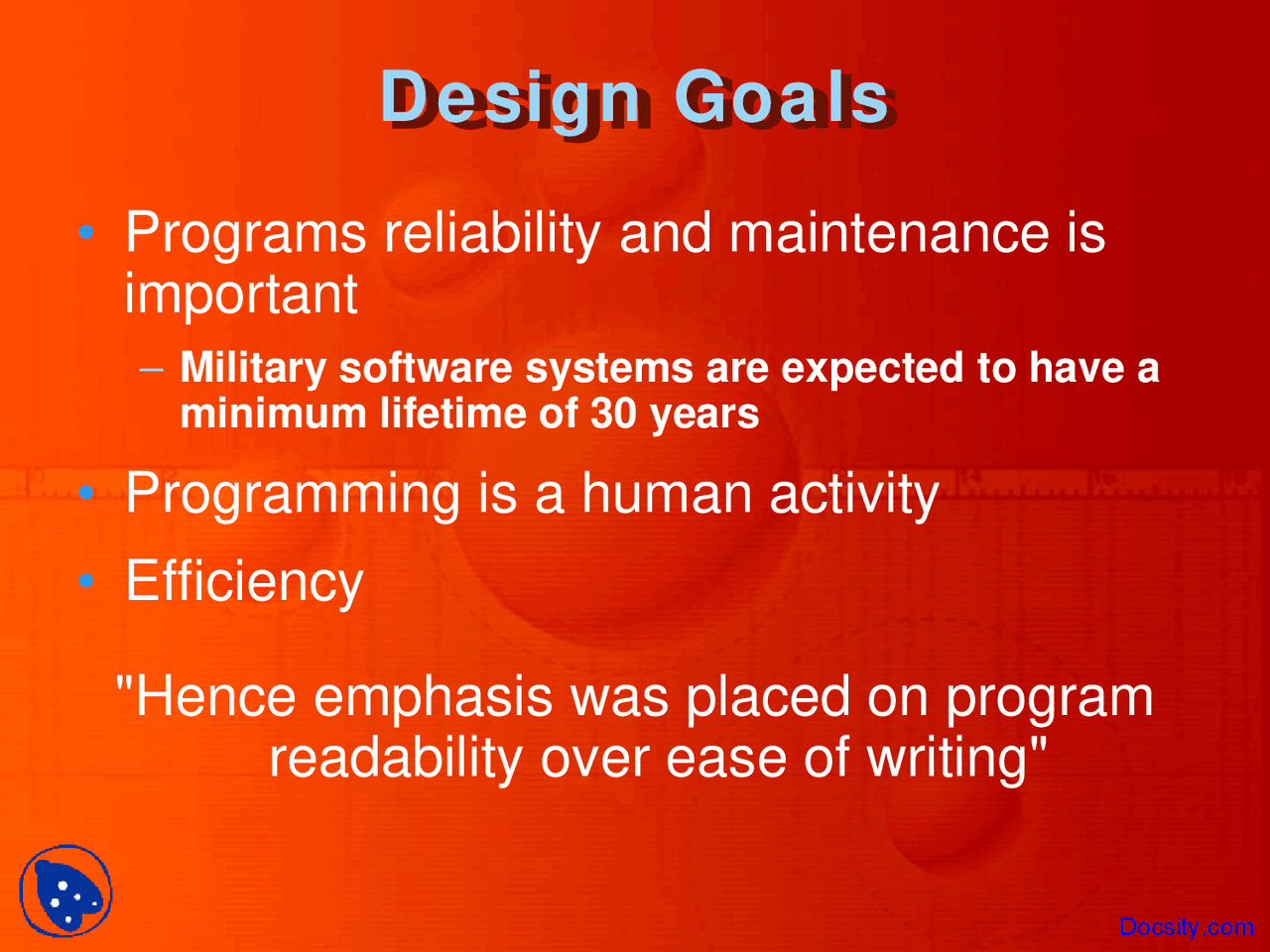Are you curious about Ada programming and what makes it stand out in the world of software development? Whether you're a beginner looking to dive into the tech pool or a seasoned coder exploring advanced features, Ada has unique offerings that cater to various programming needs. In this article, we’ll dissect the unique features of Ada programming, highlighting its strengths in safety-critical applications, real-time systems, and even how it stacks up against C++. Ready to unravel the secrets of this powerful language? Let’s go!


The Core Strengths of Ada Programming
1. Safety and Reliability: The Hallmarks of Ada
One of the standout features of Ada programming is its focus on safety and reliability. Designed with critical systems in mind, Ada emphasizes strong typing and compile-time checking, reducing the chances of runtime errors. This makes it an excellent choice for industries where failure is not an option, like aerospace and medical devices.
- Strong Typing: Ada's strong typing system ensures that errors are caught early in the development cycle. For example, if you're trying to add an integer to a string, Ada will throw a compile-time error, saving you from potential disasters down the line.
- Exception Handling: Ada includes robust exception handling features, allowing developers to manage errors gracefully. This means your application can handle unexpected situations without crashing—definitely a must for safety-critical applications.
Imagine a flight control system where even the smallest bug could lead to catastrophic failure. Ada’s features ensure that such systems maintain integrity and performance.

2. Real-Time Systems: Ada's Niche Expertise
When it comes to real-time systems, Ada shines like a diamond. Its unique capabilities make it the go-to choice for applications that demand precise timing and reliability.
- Tasking Model: Ada supports concurrent programming through its tasking model, which allows multiple tasks to run simultaneously without stepping on each other’s toes. This is crucial in real-time applications where timing is everything.
- Scheduling Policies: The language provides various scheduling policies, enabling developers to prioritize tasks effectively. For instance, if you're managing a robotic arm that needs to react instantly to sensor inputs, Ada’s scheduling capabilities ensure that critical tasks are executed on time.
A great example of Ada’s prowess in real-time systems is its use in air traffic control systems. The ability to manage multiple tasks concurrently while ensuring timely execution is vital for safety and efficiency in such scenarios.

3. Advanced Features for Modern Development
Ada isn’t just about safety and reliability; it also boasts advanced features that keep it relevant in today's programming landscape. Let’s look at some of these standout features.
- Generics: Ada supports generic programming, allowing developers to write reusable code that can work with any data type. This is a game-changer for reducing redundancy and improving code maintainability.
- Modularity: The language promotes modular design through its package system. This means you can break down complex systems into smaller, manageable modules, making your code easier to navigate and understand.
For example, consider a complex banking application where different modules handle transactions, user accounts, and security. Ada’s modularity allows developers to work on individual components without causing chaos in the entire system.
4. Comparison with C++: Why Choose Ada?
If you’re coming from a C++ background, you might wonder how Ada stacks up against this popular language. Both languages have their merits, but there are key differences that make Ada a strong contender for specific applications.
- Safety vs. Performance: While C++ offers high performance, Ada prioritizes safety and reliability. If you’re developing a safety-critical application, Ada’s features might be more appealing.
- Complexity: C++ can be quite complex and has a steep learning curve. In contrast, Ada’s strong typing and explicit syntax can be easier for beginners to grasp.
In a side-by-side comparison, Ada’s focus on safety-critical applications makes it an ideal choice for industries where errors can have dire consequences, whereas C++ might be preferred in areas where performance is the primary concern.
5. Unique Features for Safety-Critical Applications
Ada’s design philosophy is fundamentally rooted in the needs of safety-critical applications. Here’s a closer look at some of its unique features tailored for such environments.
- Real-Time Systems Support: As mentioned earlier, Ada’s tasking model and scheduling policies are specifically designed for real-time operations, ensuring that applications can respond instantly to external stimuli.
- Code Contracts: Ada’s code contracts feature allows developers to specify preconditions and postconditions for functions. This means you can define what a function expects and what it guarantees, leading to more predictable and reliable code behavior.
Consider the automotive industry, where software failures can lead to accidents. Ada’s features provide the tools necessary to build systems that are not just functional but also safe and reliable.
Conclusion
In summary, Ada programming is more than just a language; it’s a powerful ally in developing reliable, safe, and efficient software. From its strong typing and exception handling to its advanced features for real-time systems, Ada stands out as a unique tool, particularly for safety-critical applications. Whether you’re a beginner or an expert, understanding these features can help you make informed decisions in your programming journey.
Ready to dive deeper into Ada programming? Start exploring its vast capabilities today, and unlock the potential of safety and reliability in your software projects!
